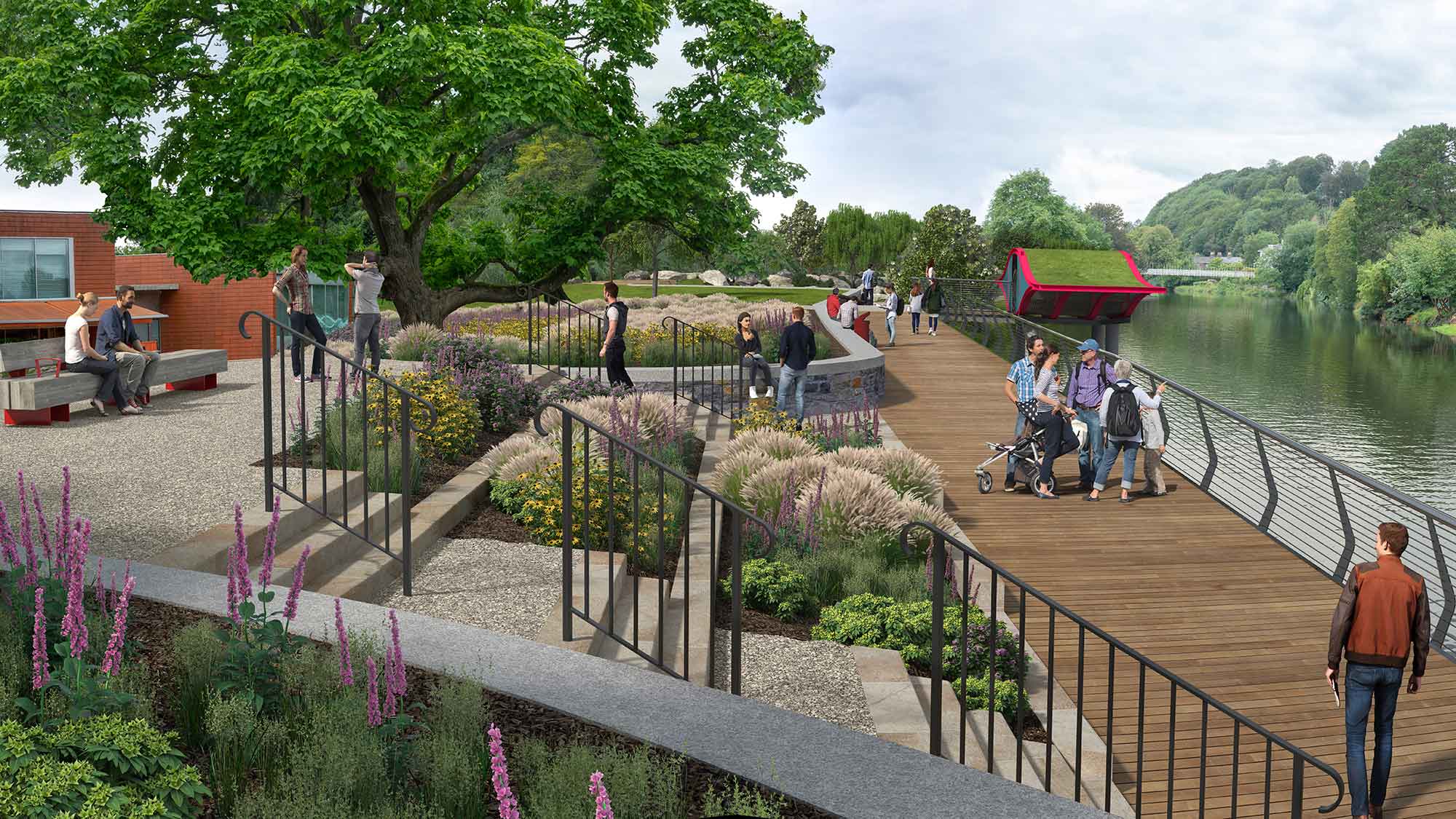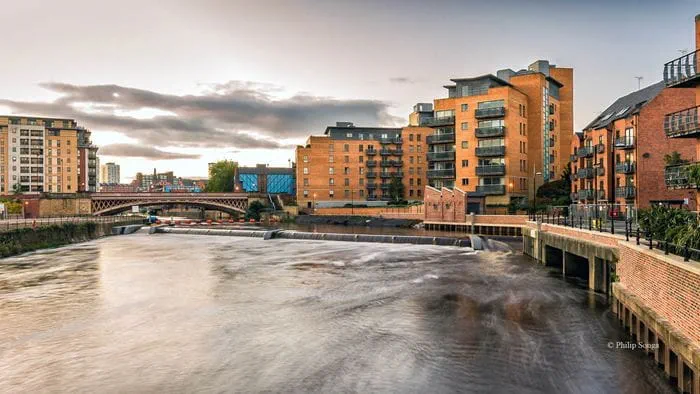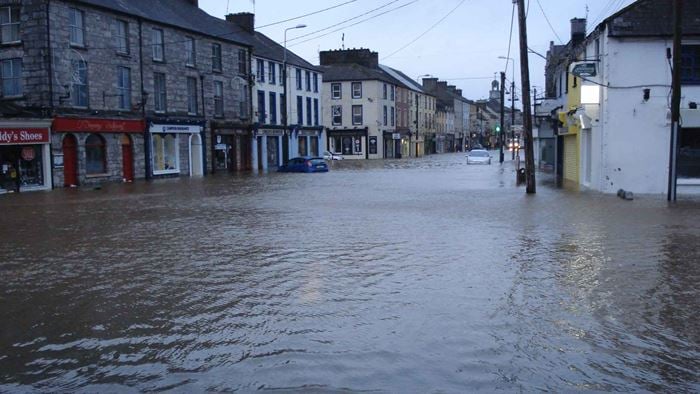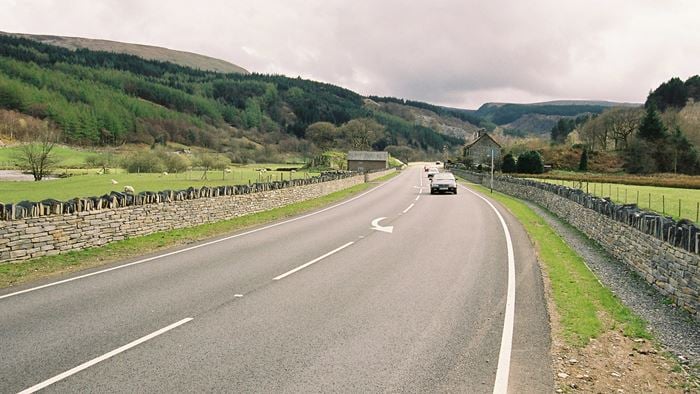Cork city, in the south of Ireland, has a long history of flooding, including a number of significant events in recent years. Arup is working with the Office of Public Works (OPW), Cork City and County Councils, ESB and other members of the design team to enhance the city’s resilience against the effects of tidal and fluvial flooding.
The Lower Lee (Cork City) Flood Relief Scheme will protect 900 homes and 1,200 businesses from flooding and, when delivered, will be the largest flood relief scheme in Ireland. The scheme is being designed as the first key step in a long-term climate change strategy for Cork which is cognisant of the latest scientific evidence, including findings from the UN’s Intergovernmental Panel on Climate Change (IPCC).
Through regular stakeholder engagement and collaboration, the design team is incorporating feedback from residents, local businesses and government bodies to ensure the scheme provides wider multifaceted city benefits. The proposed flood protection measures will seamlessly integrate into the public realm, with new or enhanced walkways, cycleways and plazas providing new riverfront spaces for residents and visitors to enjoy.
Project Summary
900 homes protected
1,200businesses protected
7kmof walking paths
Combining measures to protect Cork from flood risks
While developing the design, the multidisciplinary team – including engineers, scientists, architects and planning advisors – carried out an extensive analysis of all the possible upstream and downstream options. After analysing the causes of previous flood events, it was clear that a combination of flood protection measures would be required to protect Cork city today as well as being adaptable for the future challenges posed by climate change.
The proposed scheme incorporates significant biodiversity enhancements in rural areas and public parks, whilst urban plazas and riverside walkways throughout will cast the River Lee as a central character, woven into the daily lives of locals and visitors. Innovative flood defence elements will blend in with the surrounds: built-in benches along the riverfront will offer a space for leisure while doubling up as defences in combination with demountable, tilt-up barriers during floods.
Through close collaboration with the ESB (Electricity Supply Board), the existing hydroelectric dam operation will be further optimised to improve flood risk management. This integrated catchment approach will work in combination with other flood defence measures, including low-level defences and washlands.
The revised management system for the dams will reduce the peak flows potentially reaching the city by almost 40%, enabling the required quayside defences to be minimised. These low-level defences are being designed to perform their flood defence function well into the future. The designation of washlands as part of this scheme will involve using areas of existing floodplain to ensure that the capacity of the reservoirs is maximised.
A flow control structure at the head of the southern channel will be used to rebalance flows between the north and the south channels to better match their respective capacities, thus reducing the risk and minimising the requirement for defences.
Harnessing digital tools to optimise flood defences
Arup with partners, JBA Consulting, calculated the design flows of the river by building an integrated continuous simulation model to predict rainfall patterns and river flows over a theoretical 1,000-year period – the first time such a hydrological approach has been adopted on a flood relief scheme in Ireland.
By modelling the ground-water regime in the city, Arup’s geologists, hydrogeologists and scientists ensured that all possible flow paths were determined and considered, with suitable protection measures incorporated. In line with international best practice, the scheme is being designed to provide protection against the 1-in-100-year fluvial and 1-in-200-year tidal flood events.
As this scheme covers such a large area, maximising the benefits for local residents and businesses is being prioritised throughout the design. Beyond protecting against flood risks, the proposed scheme involves upgrading and regenerating riverfront areas of the city, with seamlessly integrated defence measures providing new urban spaces for people to enjoy.
“ Arup is proud to be part of this transformational project, helping Cork to become more resilient and future-proofed. Beyond protecting the city, improved river access and new walking and cycling amenities will bring wider benefits to the local community. ”Find out more about our flood risk management workKen Leahy Associate Director
 ;
;











